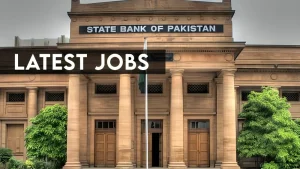Pakistan’s economy is facing severe pressure from rising poverty, joblessness as real incomes decline, poverty levels surge, and energy costs rise sharply.
Adding to the burden of high unemployment, food inflation, and heavy taxation is the curse of weak governance and terrorism.
According to recent estimates, nearly 45 percent of Pakistan’s population now lives below the poverty line. World Bank data shows that 44.7 percent of people earn less than $4.20 per day, while 16.5 percent survive on under $3 daily.
This marks a sharp increase compared to 2021, when around 22 percent of the population was officially considered poor.
The steep rise in poverty has been driven by inflation, currency depreciation, and rising import costs in US dollars, all of which have eroded purchasing power for ordinary households.
At the same time, unemployment has climbed to around 22 percent, leaving millions without a steady source of income.
The tax burden remains high, with small and medium enterprises struggling to survive under rising costs and limited access to relief measures.
The prohibitive cost of energy is among the most pressing challenges. Power tariffs nearly doubled between 2021 and 2024, hitting low-income households the hardest.
While wealthier families are increasingly turning to solar energy, the poor remain tied to the grid and bear the brunt of higher bills. Industries, particularly textiles and manufacturing, have been forced to cut jobs due to expensive and unreliable electricity supply.
The textile sector alone, which employs around 25 million people, has lost more than 700,000 jobs since 2023 as a result of the energy crisis and devastating floods.
Pakistan’s industrial base remains extremely limited compared to the size of its economy. Out of nearly seven million business establishments nationwide, about 3.2 million operate in wholesale and retail trade, including vehicle and motorcycle repair.
Around 1.1 million are linked to agriculture, forestry, and fishing, while 696,000 are engaged in manufacturing. However, only 23,000 of these qualify as formal factories, underscoring the country’s weak industrial foundation.
Most businesses are small or medium sized, and together they account for nearly 90 percent of all enterprises and employ about 80 percent of the non-agricultural workforce.
Analysts warn that without urgent reforms, the economic crisis will continue to deepen. They suggest tax restructuring, targeted subsidies for vulnerable groups, and accelerated investment in renewable energy to reduce costs.
Expanding Pakistan’s industrial capacity is also seen as critical for generating jobs and strengthening export earnings.









